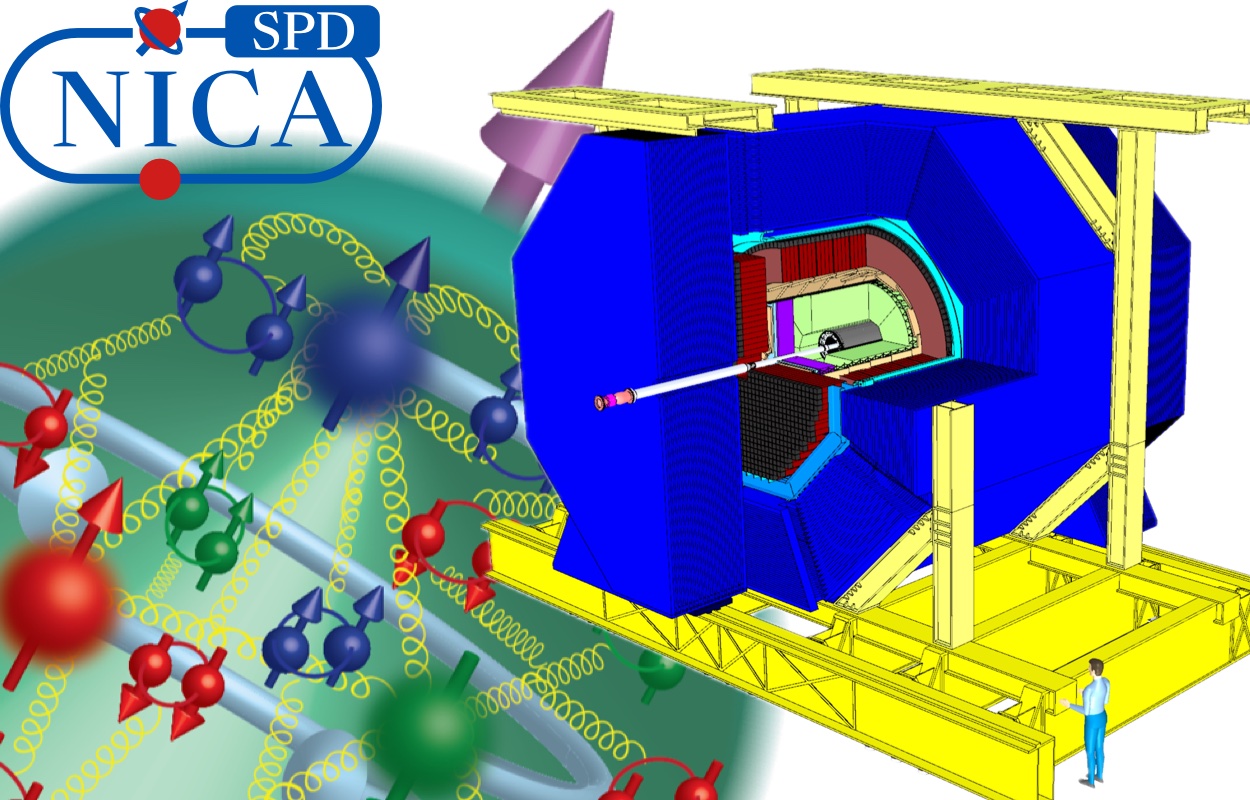The Spin Physics Detector Collaboration proposes to install a universal detector in the second interaction point of the NICA collider under construction (JINR, Dubna) to study the spin structure of the proton and deuteron and other spin-related phenomena using a unique possibility to operate with polarized proton and deuteron beams at a collision energy up to 27 GeV and a luminosity up to 1032 cm−2 s−1. As the main goal, the experiment aims to provide access to the gluon TMD PDFs in the proton and deuteron, as well as the gluon transversity distribution and tensor PDFs in the deuteron, via the measurement of specific single- and double-spin asymmetries using different complementary probes, such as charmonia, open charm, and prompt photon production processes. Other polarized and unpolarized physics is possible, especially at the first stage of NICA operation with reduced luminosity and collision energy of the proton and ion beams. This paper is dedicated exclusively to technical issues of the SPD setup construction.
Corrected:
5 February 2025 (the surname of one of the authors was initially misspelled (M. Bolsunovskya), the correct spelling is M. Bolsunovskaya).
23 April 2025 (the surname of one of the authors was initially misspelled (A. Seleznev), the correct spelling is A. Selezenev).
The decays KS,L → invisible have never been experimentally tested. In the Standard Model (SM), their branching ratios for the decay into two neutrinos are predicted to be extremely small, Br (KS,L → νν̄) ≲ 10−16. We consider several natural extensions of the SM, such as two-Higgs-doublet (2HDM), 2HDM and light scalar, and dark mirror sector models, that allow one to enhance the Br (KS,L → invisible) up to a measurable level. We briefly discuss the possible search for KS,L → invisible decays and KS,L oscillations into the dark sector at the NA64 experiment at CERN with the sensitivity to Br (KS,L → invisible) ≲ 10−7−10−5.
The accelerator complex NICA is at the stage of assembling and commissioning. A series of successful runs at the injection complex were carried out using various types of ions. It is planned to continue the linear optics measurements at booster synchrotron, for which several methods are considered. The first one is based on the analysis of turn-by-turn data of the beam orbit going from beam position monitors. The independent component analysis is used for the data processing and results to computation of betatron and synchrotron tunes, beta-functions, phase advances and dispersions. Other methods use orbit response matrix measured with alternate kicks by dipole correctors. Accuracy of optics restoration depends on the technical feasibility of betatron tunes and orbit measurements. Various methods should be firstly accommodated to the accelerator and tested using computational model in order to conclude their potentials and form requirements for future experiments with the beam. The paper describes implementation of independent component analysis to the computer model of the NICA Booster.
The near neutrino detector ND280 of the long-baseline accelerator experiment T2K has been upgraded to improve the precision of measurement of the neutrino oscillation parameters. A key component of the upgrade is a novel segmented plastic scintillator detector, Super Fine Grained Detector (SuperFGD), made of approximately 2 million optically isolated 1 cm3 cubes read out by three orthogonal wavelength-shifting fibres and multi-pixel photon counters. The SuperFGD provides 3D images of neutrino interactions by tracking the final-state charged particles including protons down to a threshold of about 300 MeV/c. Due to the fine segmentation and the sub-nanosecond time resolution, the SuperFGD is able to detect neutrons from neutrino interactions and to reconstruct their kinetic energy by measuring the time of flight. In this paper, the details of the detector design, construction and performance in the T2K neutrino beam are described.






